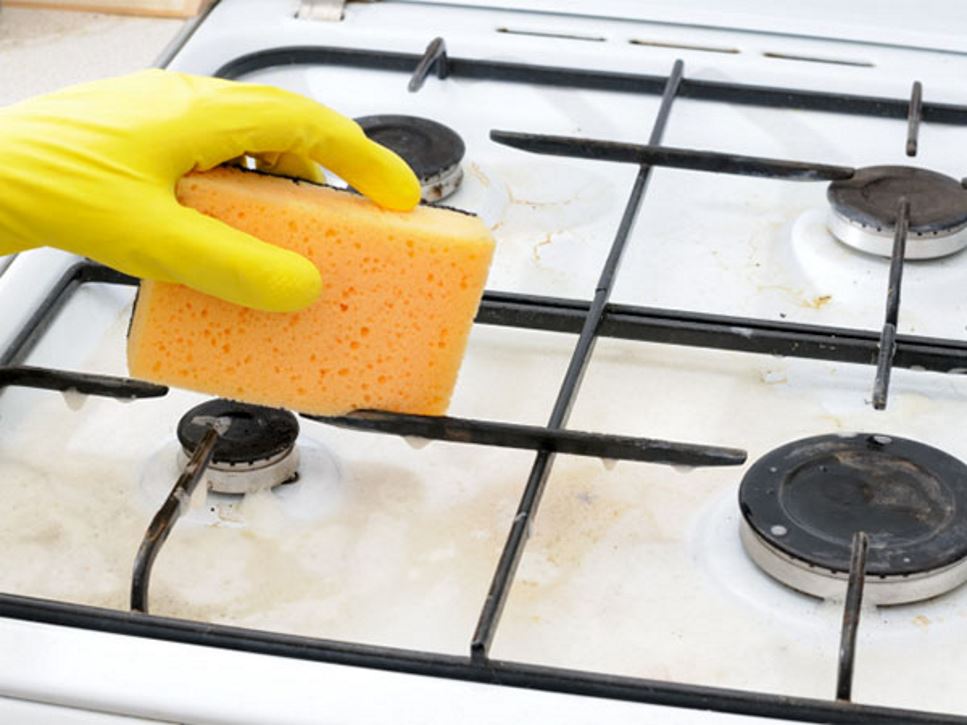You can find illness-causing germs all around your kitchen. So, it's important not only to wash your hands, but also to clean kitchen surfaces and sponges to reduce the spread of bacteria.
Kitchen Surfaces
Use hot soapy water to clean kitchen surfaces after preparing each food item. Wipe down your appliances, countertops, utensils and cutting boards. Keeping cutting boards and surfaces clean helps prevent cross-contamination that could cause food poisoning. To sanitize dishwasher-safe materials, use a high temperature setting and drying cycle.
For items that can't be run through the dishwasher, such as large cutting boards or appliances, sanitize with a mixture of 4 teaspoons of unscented liquid chlorine bleach in 1 quart of water.
Sponge and Dishtowel Safety
Dishcloths and sponges are the cleaning tools of choice for many Americans. Help keep them clean by following these dos and don'ts.
| Do | Don't |
|---|---|
|
Clean Sponges Daily
|
Don't Be a Scrooge
|
|
Start a New Cycle
|
Don't Use Sponges to Wipe Up Meat Juices Instead, use a paper towel or disinfectant wipes to clean up spills from ground beef or poultry.
|
|
Replace Frequently
|
Don't Use Sponges on Countertops
|
|
Keep It Dry Wring out your sponge completely after each use and wash off any loose food or debris. Store it in a dry location. Letting your sponge lay wet on a countertop takes longer for it to dry and allows bacteria to grow. Also, avoid leaving any damp sponges in an enclosed area such as a bucket or under the sink. |
Don't Ignore Dishcloths
|
Download: Kitchen Sponge Safety Tip Sheet
Find a Nutrition Expert
Looking for credible nutrition information and recommendations? The Academy of Nutrition and Dietetics' network of credentialed food and nutrition practitioners are ready to help!

